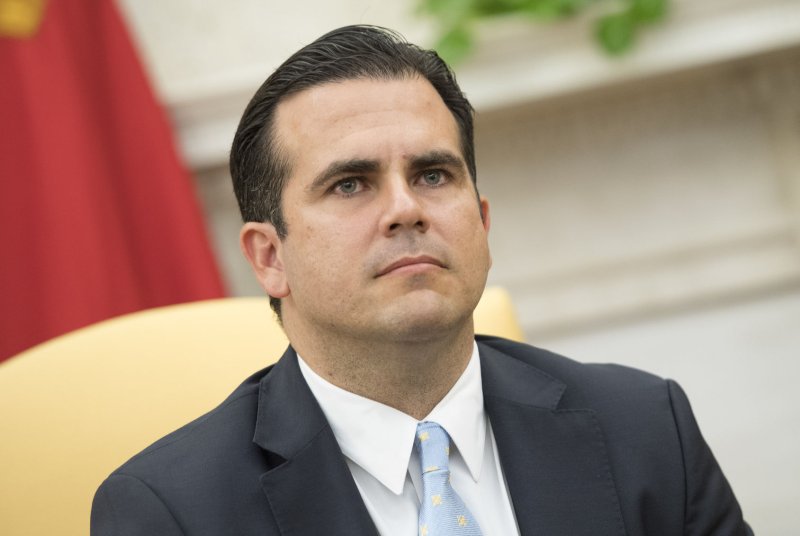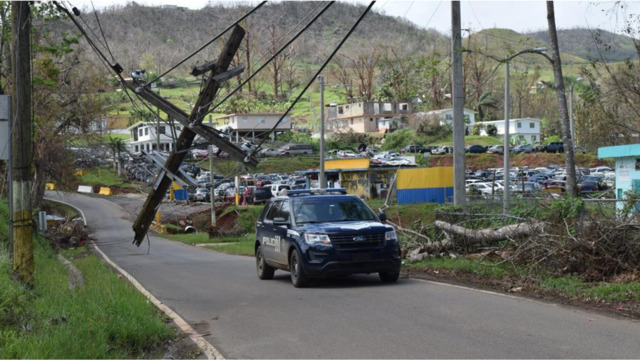Jus sayin
U.S.S. Lexington provides electricity to Tacoma beginning about on December 17, 1929. - HistoryLink.org
Doesn't seem much of a priority to this admin.
U.S.S. Lexington provides electricity to Tacoma beginning about on December 17, 1929. - HistoryLink.org
Doesn't seem much of a priority to this admin.















